
Facts About Africa
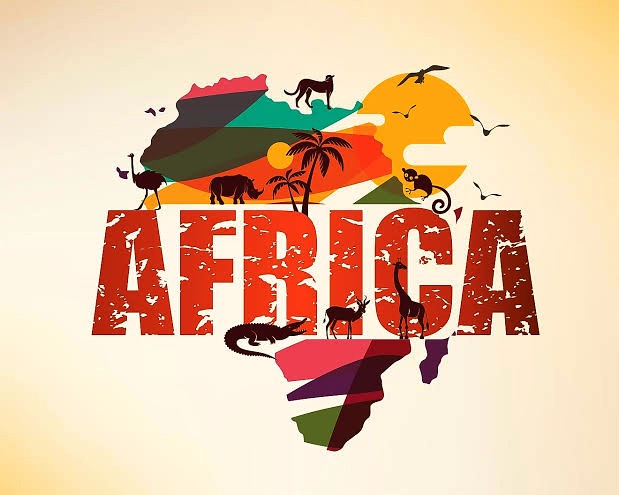
Africa, the second-largest and second-most populous continent in the world, often referred to as the cradle of humanity, offers a rich tapestry of culture, history, and natural resources. Understanding Africa requires an appreciation of its geographic diversity, historical significance, socio-economic dynamics, and future potential.
Geographic Diversity
Africa’s geography showcases incredible diversity, from the Sahara Desert to Central Africa’s rainforests and the Serengeti’s savannas. The continent features the Nile, the world’s longest river, and the Great Rift Valley, which stretches from Lebanon to Mozambique.
This geographic diversity also extends to Africa’s climate. The northern and southern extremities experience Mediterranean climates, while the interior regions endure tropical and equatorial climates. Thus, climatic variation significantly influences the continent’s agriculture, wildlife, and human settlement patterns.
Historical Significance
Africa’s historical significance is unparalleled. Homo sapiens originated here 300,000 years ago, and ancient civilizations like Egypt, Nubia, Carthage, and Great Zimbabwe made major contributions to writing, architecture, and governance.
Africa’s history includes periods of great wealth and trade, with empires like Ghana, Mali, and Songhai known for their gold and scholarly achievements, such as Timbuktu. However, centuries of exploitation through the transatlantic slave trade and colonialism profoundly impacted its socio-political landscape.
Socio-Economic Dynamics
In the present day, Africa’s socio-economic dynamics present a complex picture. The continent comprises 54 countries, each with its unique culture, languages, and socio-political systems. While stereotypes often highlight Africa’s challenges, such as poverty, political instability, and health crises, it also possesses immense potential and growth opportunities.
Africa’s economy is diverse and evolving. Nigeria and Angola are major oil producers, while Kenya and Ethiopia are technology hubs. The African Continental Free Trade Area (AfCFTA) aims to create a single market, boosting intra-African trade and economic cooperation.
In addition, Africa’s youthful population stands out as a critical asset. With over 60% of its population under the age of 25, the continent holds burgeoning potential for innovation, entrepreneurship, and economic development. Education and technological adoption continue to rise, offering new opportunities for growth and development.
Challenges and Future Potential
However, Africa faces significant challenges that must be addressed to unlock its full potential. These include tackling poverty, enhancing governance, fighting corruption, and managing health crises such as HIV/AIDS and malaria. Moreover, climate change poses a substantial threat to Africa’s agriculture, water resources, and overall stability.
International partnerships and investments drive Africa’s development. Furthermore, increased support in infrastructure, healthcare, and education from China, the United States, and the EU is pivotal. Initiatives such as the African Union’s Agenda 2063 provide a strategic framework for the continent’s socio-economic transformation.
Conclusion
In conclusion, Africa’s geographic diversity, rich history, and socio-economic dynamics offer both opportunities and challenges. By leveraging its youthful population, fostering innovation, and strengthening international partnerships, Africa stands poised for a transformative era with promising prospects for growth and prosperity.
Africa’s Regions
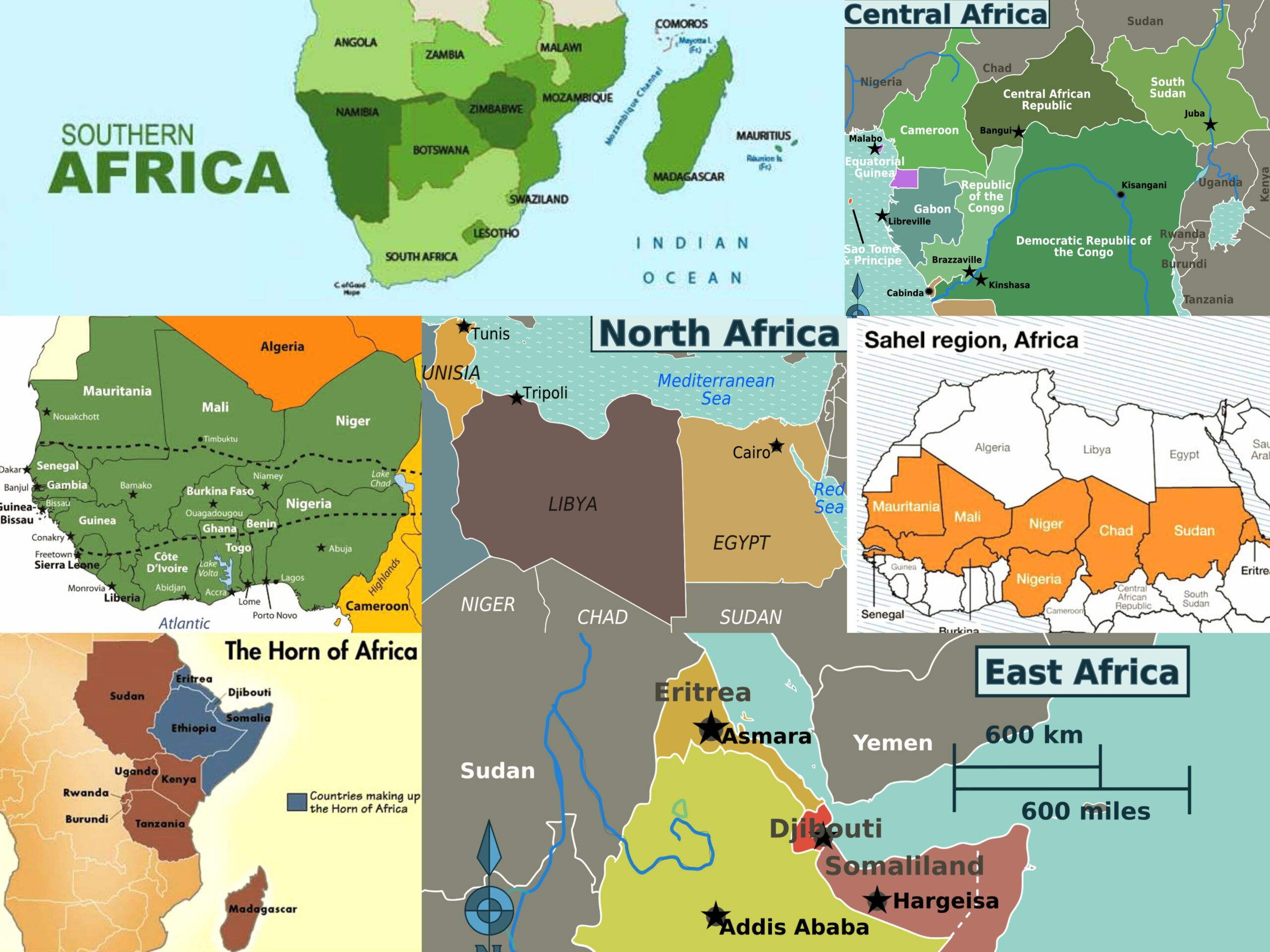
Africa, the second-largest continent on Earth, showcases a mosaic of diverse geographical regions and cultural landscapes. These zones, each distinct in its own right, play a crucial role in shaping the continent’s identity and development. Let’s explore into these zones, from the northern shores to the southern tip, highlighting their unique characteristics and significance.
North Africa

North Africa stretches along the Mediterranean coast, linking Africa with the Middle East. It includes countries like Egypt, Libya, Tunisia, Algeria, and Morocco. Enriched by ancient civilizations such as Egypt’s pharaohs and Carthage’s traders, North Africa combines Arab-Berber cultures. Its strategic location as a hub of Mediterranean trade has shaped its art, architecture, and cuisine.
West Africa

Moving southward, West Africa stands out for its cultural vibrancy and historical kingdoms. From Senegal and Mauritania in the west to Nigeria and Niger in the east, West Africa encompasses countries like Ghana, Côte d’Ivoire, and Mali. This region thrived with powerful empires such as the Ghana Empire and the Mali Empire, known for their wealth and scholarly achievements. Today, West Africa continues to thrive with its diverse ethnic groups, languages, and vibrant music and dance traditions.
East Africa
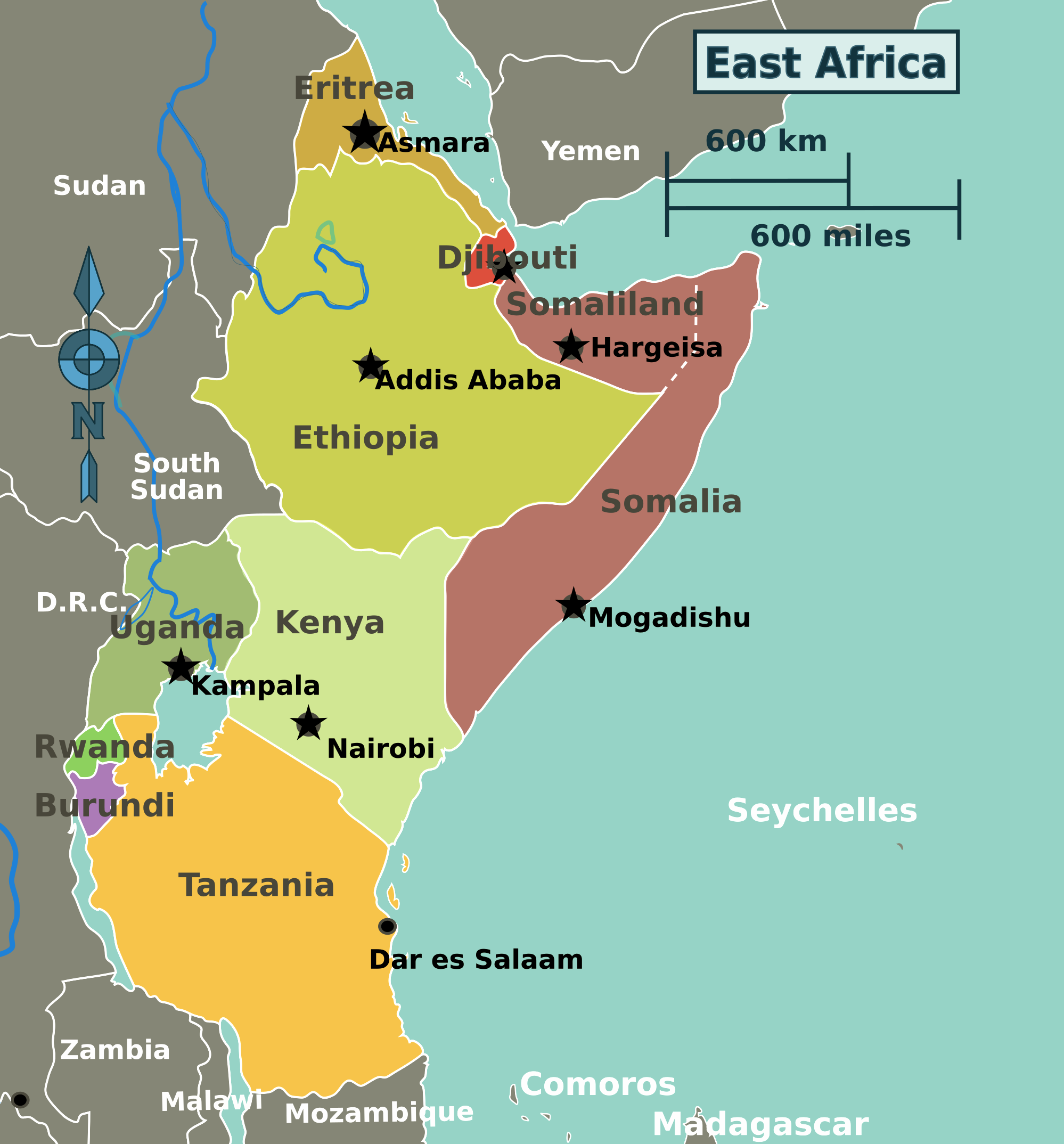
Continuing along the eastern coast, East Africa is steeped in ancient history and natural beauty. Countries like Kenya, Tanzania, Uganda, Ethiopia, and Somalia define this region. East Africa is home to the cradle of humanity, where early hominids walked the plains of the Rift Valley millions of years ago. Rich in biodiversity and culture, it encompasses the iconic Serengeti plains, Mount Kilimanjaro, and the historic city of Lalibela in Ethiopia.
Central Africa
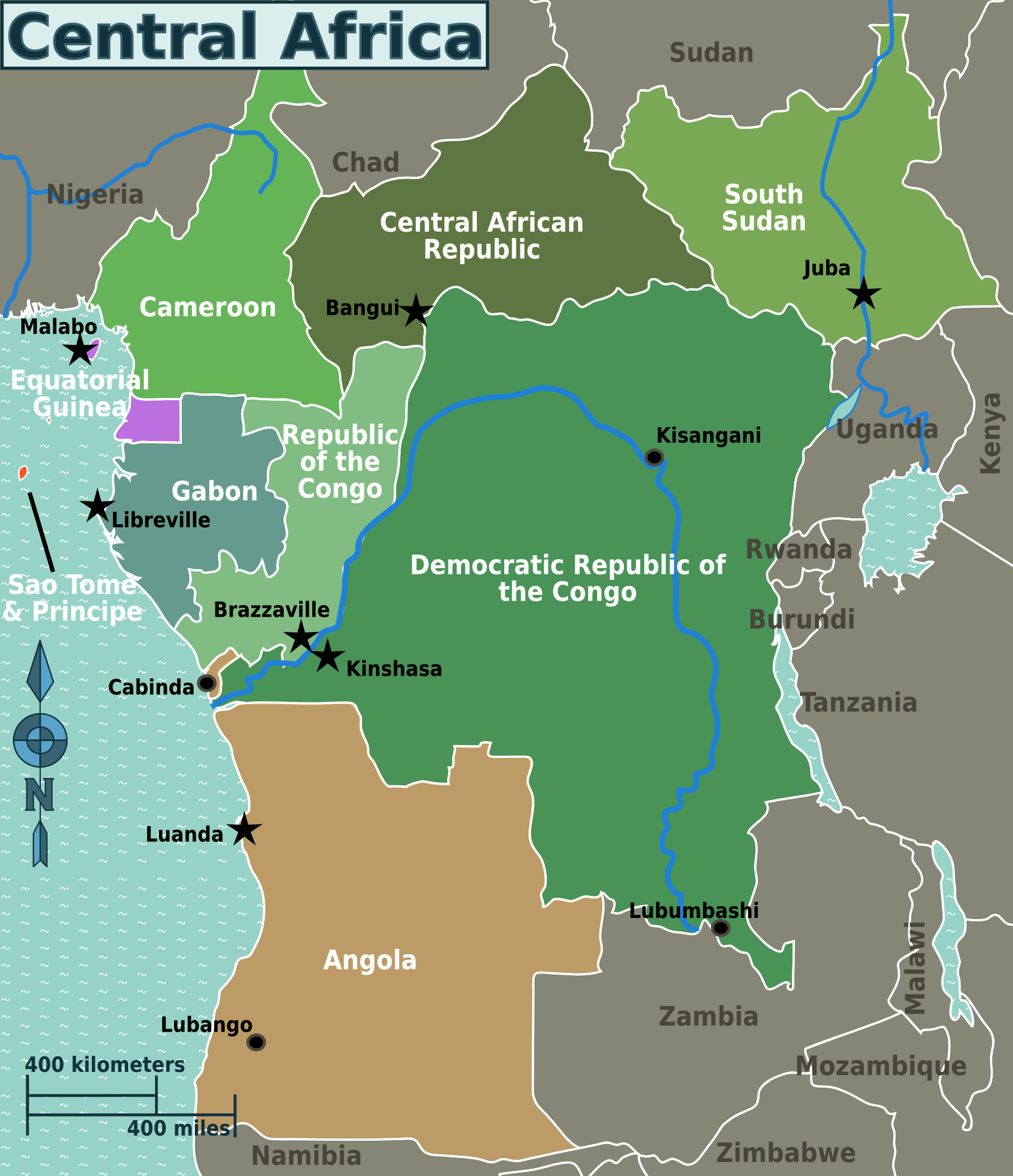
Venturing into Central Africa, we encounter a region characterized by dense rainforests and unique biodiversity. The Democratic Republic of the Congo, Cameroon, Central African Republic, Gabon, and Chad form this lush, yet challenging, terrain. Central Africa boasts vast tropical rainforests, which host a staggering array of wildlife, including endangered species like the mountain gorilla. Despite its natural wealth, the region faces developmental challenges, including political instability and conservation efforts.
Southern Africa
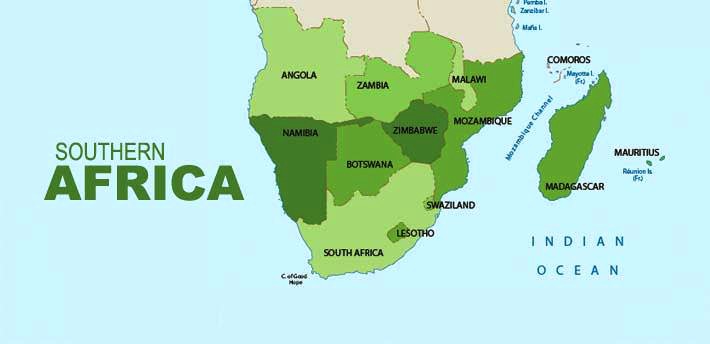
Transitioning southward, Southern Africa offers stunning contrasts and historical significance. From the deserts of Namibia to the savannas of Botswana and the bustling cities of South Africa, Southern Africa provides a diverse tapestry of landscapes and cultures. Shaped by complex colonial histories, including the apartheid era in South Africa, this region has left a profound impact on its societies and economies. Yet, Southern Africa also boasts natural wonders like Victoria Falls and the Okavango Delta, attracting tourists from around the world.
The Horn of Africa

Beyond the mainland, The Horn of Africa extends into the Indian Ocean, encompassing Somalia, Ethiopia, Eritrea, and Djibouti. Moreover, this region holds strategic importance due to its proximity to key maritime trade routes. It has a rich cultural heritage; Ethiopia is one of the oldest Christian nations globally, and Somalia is renowned for its ancient trading ports.
The Sahel
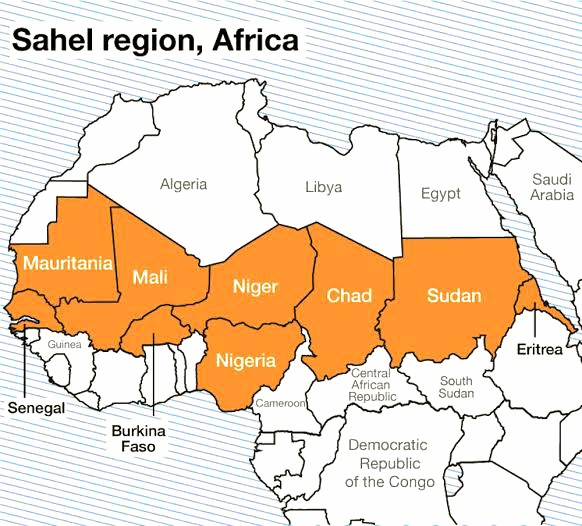
Finally, The Sahel, a semi-arid region stretching across Africa from Senegal to Sudan, serves as a transitional zone between the Sahara Desert to the north and the more fertile regions to the south. This region, including parts of Mali, Niger, Chad, and Sudan, faces challenges such as desertification and food insecurity, yet it is also home to resilient communities and a diverse range of cultures.
In conclusion, Africa’s diverse regions, from the ancient civilizations of North Africa to the wildlife-rich rainforests of Central Africa and the vibrant cultures of West and East Africa, each uniquely contribute to the continent’s global identity. Embracing challenges and opportunities, these regions continue to shape Africa’s narrative into the 21st century and beyond.
Africa’s Map
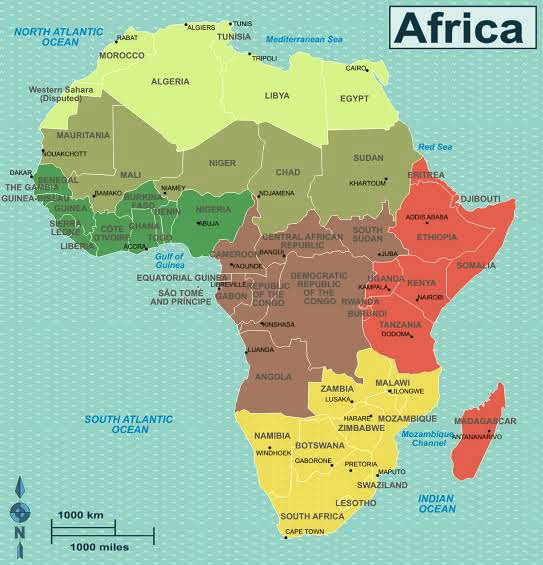
Africa showcases diverse landscapes and a rich cultural tapestry. Its geographical map displays various terrains, from the expansive Sahara Desert in the north to the lush rainforests of Central Africa. Additionally, Africa is home to significant rivers like the Nile, which flows through multiple countries, supporting agriculture and sustaining communities along its banks.
Moreover, Africa’s coastline spans thousands of kilometers, providing access to vibrant port cities like Lagos in Nigeria and Cape Town in South Africa. Furthermore, the map of Africa highlights its vast mineral wealth, including diamonds, gold, and platinum, which have shaped global economies and historical trade routes across the continent.
However, Africa, despite its natural beauty and resources, also confronts challenges. Political instability in regions such as the Democratic Republic of Congo and Somalia often disrupts development and undermines regional stability. Nonetheless, initiatives like the African Union aim to foster unity and tackle these issues collectively.
In conclusion, Africa’s map not only shows its physical features and resources but also highlights its resilience and growth potential. Future development hinges on overcoming current challenges and harnessing its diverse strengths for sustainable progress.
Green Africa Airways

In recent years, the aviation industry has increasingly pressured for sustainable practices due to environmental concerns. Green Africa Airways emerges as a beacon of hope, aiming to revolutionize African air travel with a strong commitment to sustainability.
Green Africa Airways marks a significant milestone in African aviation, transitioning from conventional to sustainable practices to set a new standard for environmental responsibility.
Vision and Mission
Green Africa Airways envisions harmonizing air travel with ecological preservation. By prioritizing renewable energy sources and adopting innovative technologies, the airline minimizes its carbon footprint.
Fleet and Technology
The airline’s fleet exclusively features fuel-efficient aircraft, reducing emissions and enhancing operational efficiency.
Partnerships and Collaborations
Green Africa Airways collaborates with leading environmental organizations and governmental bodies to promote sustainability across the continent. These partnerships implement best practices and advocate regulatory reforms.
Customer Experience and Engagement
The airline prioritizes customer experience without compromising sustainability goals, offering passengers comfort and eco-consciousness.
Challenges and Opportunities
Despite pioneering efforts, Green Africa Airways faces challenges on its sustainability path, including regulatory hurdles and technological constraints that demand continuous innovation.
Future Prospects
Green Africa Airways remains optimistic about expanding its fleet and operations while promoting sustainability to inspire industry stakeholders.
Green Africa Airways leads sustainable air travel in Africa with a clear vision, innovative approach, and steadfast environmental stewardship, setting an example for the aviation industry’s future.
The Africa Cup of Nations: A Celebration of African Football Excellence

The Africa Cup of Nations (AFCON), the premier international men’s football championship in Africa, showcases the continent’s rich football talent and unites millions of fans. Since its inception in 1957, AFCON has evolved significantly, both in terms of its organizational structure and its impact on African football. This article delves into the history, significance, and recent developments of this celebrated tournament.
Historical Background
The Confederation of African Football (CAF) first organized AFCON in Sudan in 1957, with Egypt, Sudan, and Ethiopia competing. Egypt won, starting their dominance in African football. The tournament grew as more African nations gained independence, expanding from four teams in 1962 to 16 in the 1990s. By 2019, AFCON featured 24 teams, reflecting football’s increasing popularity and competitiveness across Africa.
The Significance of AFCON
AFCON represents more than just a football tournament; it celebrates African culture, unity, and talent. It provides a platform for African players to showcase their skills on an international stage, often leading to opportunities with top football clubs worldwide. Moreover, the tournament fosters a sense of pride and nationalism among participating countries. For instance, when Zambia won the 2012 AFCON, the victory symbolized triumph of spirit and resilience, bringing immense joy and unity to the nation.
In addition to its cultural significance, AFCON has economic implications. Host countries often experience a boost in tourism and infrastructure development. The 2010 tournament in Angola, for example, led to significant investments in stadiums, hotels, and transportation networks, albeit with some controversy regarding cost and efficiency. Nonetheless, such investments can have long-term benefits for the host country’s economy.
Recent Developments
AFCON has undergone several changes to enhance its appeal and organization. In 2017, CAF decided to move the tournament from January-February to June-July, aligning it with the European football calendar. This change aimed to avoid conflicts with European club commitments, thus allowing more African stars to participate without compromising their club careers.
The 2019 edition, held in Egypt, was particularly notable for its expanded format, featuring 24 teams instead of the previous 16. This expansion allowed more nations to participate, increasing the tournament’s inclusivity and competitiveness. Algeria emerged victorious, securing their second title by defeating Senegal in the final.
However, AFCON has faced challenges, particularly regarding hosting logistics and political stability. Cameroon, initially set to host the 2019 tournament, lost its rights due to concerns over infrastructure and security. Despite such issues, CAF has continued to strive for improvements in organization and transparency.
AFCON’s Role in African Football Development
AFCON plays a crucial role in the development of football across the continent. It serves as a talent incubator, with many young players using the tournament as a springboard to launch their international careers. Stars like Didier Drogba, Samuel Eto’o, and Mohamed Salah have all made significant impacts at AFCON before achieving global recognition.
Moreover, the tournament encourages the development of local football infrastructures. Countries invest in better training facilities, youth academies, and coaching programs to enhance their national teams’ performance. This investment not only benefits the national teams but also raises the overall standard of football within the country.
Conclusion
The Africa Cup of Nations is a vital part of global football. Since its start in 1957, AFCON has grown into a major international tournament, celebrating African talent, fostering unity and pride, and boosting economic and infrastructural development across the continent.
As Africa develops and its footballing prowess grows, AFCON’s significance will rise. The tournament will offer unforgettable moments and highlight Africa’s rich cultural and sporting heritage. Each edition reinforces AFCON’s status not just as a continental championship, but as a global sporting spectacle embodying the spirit and passion of African football.
Related Topics
Africa: African Culture and Beliefs


